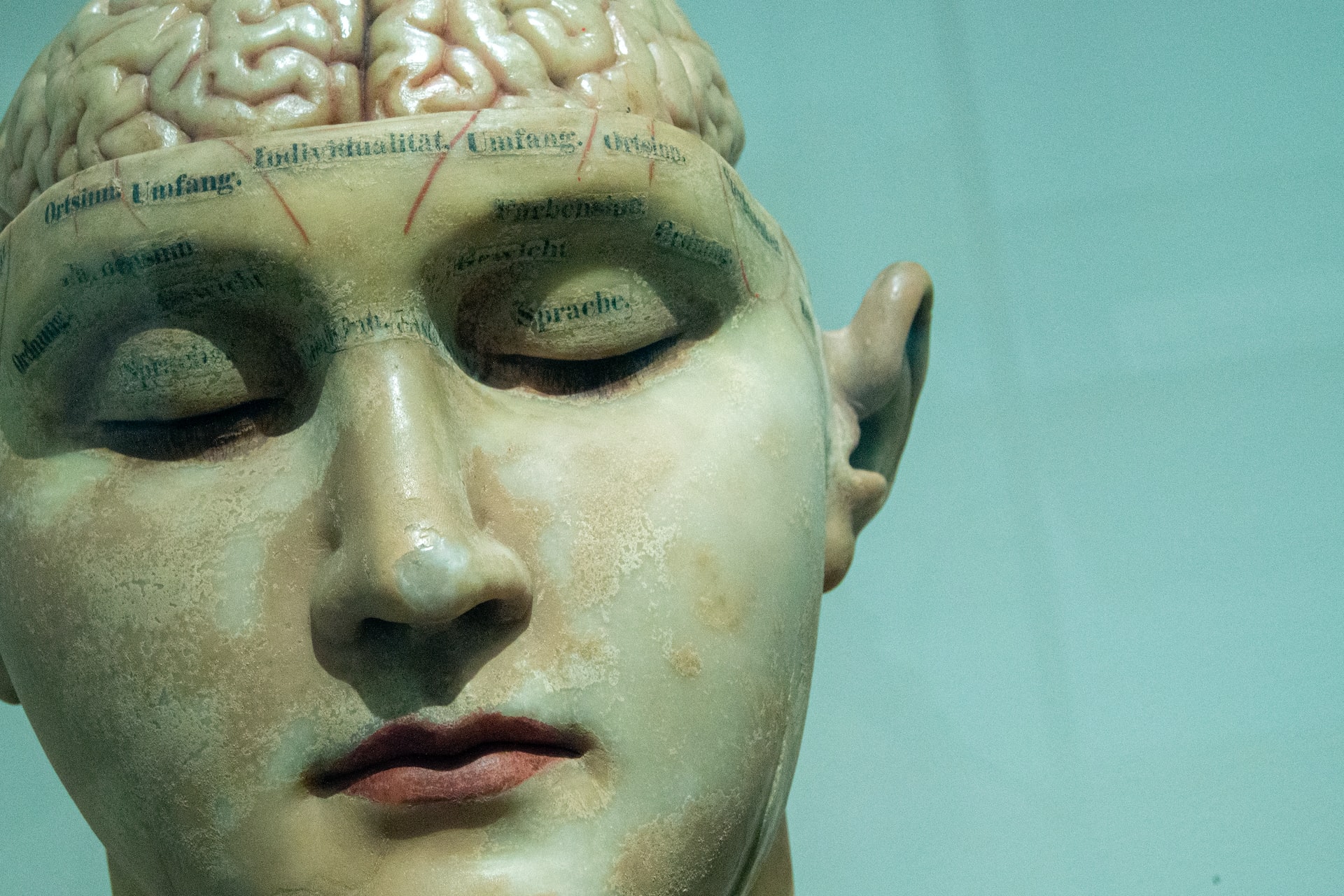How to Help a Person With Alzheimer’s Use a Bed Assist Rail
Alzheimer’s disease is a progressive brain disorder that affects millions of people worldwide. As the disease progresses, it can greatly impact a person’s ability to perform daily tasks, including getting in and out of bed. In fact, many people with Alzheimer’s may struggle with balance, coordination, and spatial awareness, leading to an increased risk of falls and injuries. This is where a bed assist rail can be incredibly helpful. In this article, we will discuss how you can assist a person with Alzheimer’s in using a bed assist rail to improve their safety and independence.
What is a Bed Assist Rail?
A bed assist rail is a simple yet effective device that can be attached to the side of a bed to provide support and stability for individuals who struggle with mobility. It typically consists of a metal or plastic bar that runs along the length of the bed with handles on either end for the person to hold onto while getting in and out of bed. Some models also come with additional features such as adjustable height and foldable design for convenient storage.
Why is it Important for People with Alzheimer’s to Use a Bed Assist Rail?
Falls are a major concern for individuals with Alzheimer’s disease. According to the Centers for Disease Control and Prevention (CDC), one in four older adults falls each year, and those with Alzheimer’s are at an even higher risk. Falls can lead to serious injuries, such as broken bones, head trauma, and even death. By using a bed assist rail, you can significantly reduce the risk of falls and promote the person’s safety.
How to Help a Person with Alzheimer’s Use a Bed Assist Rail
1. Introduce the Bed Assist Rail Early On:
It is essential to introduce the bed assist rail early on in the disease progression so that the person can become familiar with it. This will allow them to get comfortable with the new addition and feel more confident in using it when needed.
2. Explain the Purpose of the Bed Assist Rail:
It is crucial to explain to the person why the bed assist rail has been added and how it can help them. Use simple and easy-to-understand language to communicate the purpose of the rail. For example, you could say, “This is a special handle we have added to your bed to help you get in and out more safely.”
3. Demonstrate How to Use the Bed Assist Rail:
Visual aids and demonstrations can be beneficial for people with Alzheimer’s. Show the person how to hold onto the handles and use them for support while getting in and out of bed. Encourage them to practice a few times under your supervision until they feel comfortable using it on their own.
4. Use Positive Reinforcement:
Positive reinforcement can go a long way in helping a person with Alzheimer’s feel more capable and independent. Praise and encourage them when they successfully use the bed assist rail, and do not make them feel embarrassed or frustrated if they struggle initially.
5. Make Sure the Bed Assist Rail is Secure:
It is essential to ensure that the bed assist rail is firmly attached to the bed and can support the person’s weight. Check for any loose screws or bolts regularly, and tighten them if needed. If the person is heavy, consider using a rail with a higher weight capacity.
6. Consider Other Safety Measures:
While a bed assist rail is an excellent safety measure, it may not be enough on its own. Consider other safety measures such as installing bed alarms, using non-slip floor mats, and keeping the room well-lit to reduce the risk of falls even further.
7. Respect Their Privacy:
As Alzheimer’s disease progresses, individuals may become more dependent on others for their personal care. It is important to respect their privacy and dignity while assisting them with using the bed assist rail. Close the door or draw the curtains if needed, and allow them to hold onto the handles while getting in and out of bed on their own.
In conclusion, a bed assist rail can be a valuable tool for individuals with Alzheimer’s disease. It can greatly improve their safety, independence, and overall quality of life. However, it is essential to introduce the rail early on, explain its purpose, and provide support and positive reinforcement when needed. By following these tips, you can help a person with Alzheimer’s use a bed assist rail effectively and comfortably.





